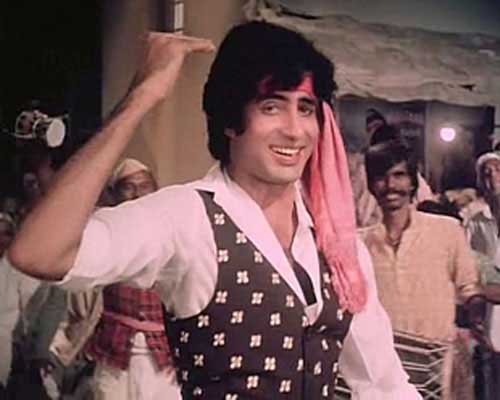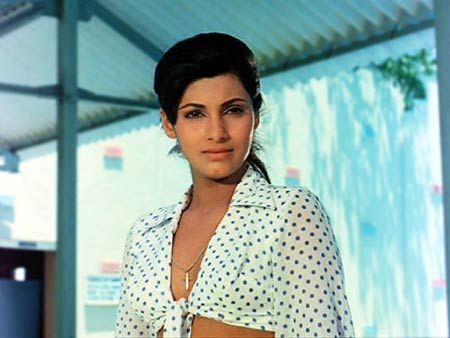When Farhan Akhtar reworked Don, he picked up an iconic jacket from the Chandra Barot original and referenced it in the new version. The same jacket that Amitabh Bachchan wore in the song, ‘Khaike paan Benaras wala.‘ And as we increasingly look back to mine our classic hits, we find that the design idioms being coined then had a resonance that has gone missing from our cinema today. Which dancing star has the originality of Helen or the courage to pull off the feathered, glittering concoctions that she wore in song after song? The woman behind most of these unforgettable costumes is however forgotten today and the name Mani K Rabadi does not ring too many bells.
Rabadi who passed away in 2013 was to cinematic costumes what RD Burman was to Hindi film music. She had the ability to grant a creation the sheen of instant recall, to make it unforgettable like a tune that won’t leave replaying itself in your mind. Think Bobby where even a minor character like Aruna Irani wore gowns that screamed glamour. Or Don where both Amitabh Bachchan and Zeenat Aman exemplified the cool 70s with their flared suits, their scarves and stylish goggles. Neetu Singh’s dresses in Khel Khel Mein have been copied but never really bettered. Sharmila Tagore’s seductively wrapped blanket and Rajesh Khanna’s gorkha cap in Aradhana remain iconic. As do her costumes for Parveen Babi in Amar Akbar Anthony.
Rabadi was not subtle. She loved glimmer but there was coherence and mass appeal in her work that at the same time never became pedestrian. Perhaps this dignity that the skimpiest of her costumes gave to her heroines came from her respect for the female body. She celebrated the female form, never objectified it. That she could pull off subtle, character driven design was established when she won the National Award for her work in Vijaya Mehta’s Peston Ji in 1982. Rabadi who was the sister of much loved senior actress Shammi, styled the Hindi film heroine as an individual, stamping her with an identity that did not come from a cookie cutter and that is what we will always remember her for.
Reema Moudgil works for The New Indian Express, Bangalore, is the author of Perfect Eight, the editor of Chicken Soup for the Soul-Indian Women, an artist, a former RJ and a mother. She dreams of a cottage of her own that opens to a garden and where she can write more books, paint, listen to music and just be silent with her cats.








 with
with
long overdue tribute Reema!